Averrhoa carom is the name of a fruit species of exotic origin from the botanical family of Oxalidaceae. It is known throughout the world under the names of carambola And star fruit (due to the characteristic star-shaped fruits). It is native to Southeast Asia, and is widely cultivated in Malaysia, India and Sri Lanka. Its fruits have a particular flavor, as well as a unique decorative aspect in nature, which is why they are highly sought after by starred chefs. To date, the cultivation ofAverrhoa carom it has also spread widely in South America, given the large commercial demand, coming above all from European countries. Although native to subtropical areas, this plant resists low temperatures quite well, so it can also be grown in the Mediterranean.
So let’s get to know this particular exotic fruit and its organic cultivation.
Averrhoa carom. The botanical characteristics
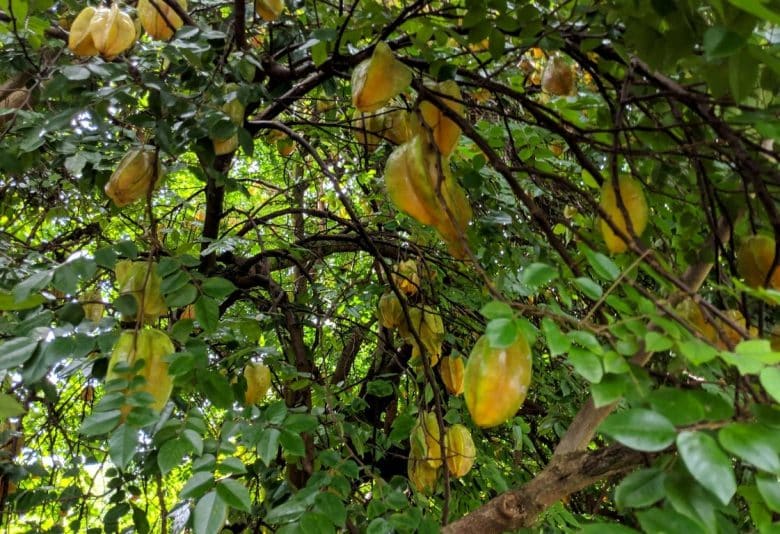
The caràmbola develops a tree of medium-small size, which, if planted in the field, reaches a maximum of 7-10 m in height. As an aspect it is comparable to our own clementines, since it has a thick crown that reaches even 6 m in diameter. It can grow with a single trunk, in a more arboreal form, or with multiple spaced stems in a shrubby form. The trees of Averrhoa carambola are evergreen, even if, cultivated in our latitudes, they can partially strip of the foliage. They have rapid growth, as long as they grow protected from strong winds, which suffer just like our citrus fruits.
Leaves
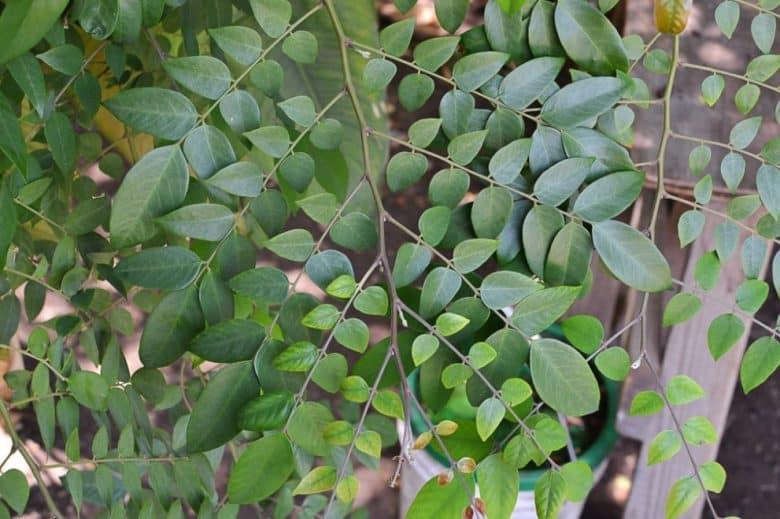
The Averrhoa caràmbola plant has compound leaves that are arranged alternately on the branches, 15 to 30 cm long. Each leaf is formed from a minimum of 5 to a maximum of 12 green leaflets, 2 to 9 cm long. The shape is oval and the color is light green.
The leaves of the caràmbola have the particularity of being sensitive to touch and retracting, as we have seen with the mimosa pudica.
Flowers
The flowers are carried on panicle inflorescences located at the apex of the twigs, more rarely on the older branches. The single flower is small in size (about 1cm), with delicate colors ranging from pink to lavender.
Flowering occurs in summer and pollination is done by bees and other pollinating insects.
Most of the commercial varieties grown are self-fertile, meaning that cross-pollination is not necessary for good fruiting and, therefore, only one specimen is enough.
Fruits
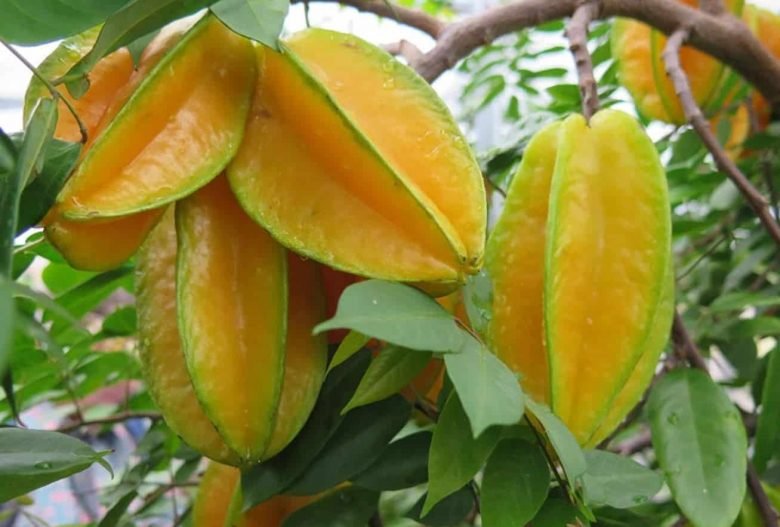
The fruits of the Averrhoa carambola are star-shaped if cut in cross section, and are formed by 5 longitudinal ribs (in some varieties they can be 8).
The peel is thin, light yellow to dark yellow and covered with a waxy cuticle.
Depending on the variety, the fruit is 5 to 15 cm long.
The pulp is quite light, almost yellowish, translucent, crunchy and at the same time juicy and free of fibers.
Caràmbola is a fruit that must be left to ripen on the plant. From the time of fruit set 60 to 75 days pass for full maturity.
Inside the fruit there can be up to 8 seeds, brown in color and about 5 mm long.
Variety
There are two varietal groups of caràmbola which are clearly distinguished by their taste, sour or sweet. The variety with a more acidic taste they are rich in oxalic acid and taste like green apple. The most famous are: Golden Star, Newcomb, Star King And Thayer.
The sweet carambola instead they contain a mix of flavors (citrus, apple, grape) and are more pleasant to taste fresh. The best known are called: Arkin, Dah Poh, Ma Fueng, But has And Demak.
The plants are found in specialized nurseries in exotic fruits.
How to grow caràmbola
As mentioned, the carambola is native to tropical and subtropical areas. However, it is able to tolerate temperatures down to -2 ° C, even if only for short periods of time. For this, it is more resistant and adaptable than other exotic fruits such as theavocadothe mangothe papaya and the banana. It can therefore grow both in a dry climate, typical of our southern regions, and in a more humid environment.
However, it needs substantial natural rainfall, otherwise it is necessary to intervene with theartificial irrigation.
It can’t stand winds, both hot and cold. If you decide to grow it in the garden, therefore, it is better to place it near a wall or a windbreak, with partial shade exposure.
In winter, if prolonged frosts are expected, thetree must be protected with non-woven fabric sheets. Growing in pots allows for greater protection, as the plants can be moved around the house if necessary.
Ground
Carambola trees are well suited to different types of soil, the important thing is that there is good drainage and organic matter. The reaction of the soil (pH) ideal it is moderately acidic to neutral.
In calcareous soils with a pH higher than 7, particular attention is required to prevent deficiencies of minerals, in particular iron, whose failure to be absorbed by the roots can give rise to phenomena of iron chlorosis.
Fertilization
To the time of planting in the garden, it is advisable to make a good basic fertilization, adding organic fertilizers such as organic fertilizers to the earth compost, mature manure or earthworm humus.
Once a year, a handful of ground lupinsideal fertilizer for this type of plants.
Irrigation
The Averrhoa carambola has a limited tolerance to drought, especially in the first years of life. In spring and summer, in the absence of rain, water must be given regularly once every 2 days, always paying attention not to overdo it, so as to avoid the formation of stagnant water.
Carambola trees left dry begin to bend and turn yellow their leaves, bloom poorly and produce little fruit.
Mulch
To limit the evaporation of water from the soil and competition from weeds it is good practice to do one natural mulch with straw around the tree.
The mulch layer will protect the plant from the cold, but will need to be renewed over time.
Reproduction
To start cultivating the carambola, you can buy the small seedlings in pots at a nursery specializing in exotic fruits. The other way to start cultivation is to get some seeds, a lot easy to find even online.
Sowing and growth of the Averrhoa carambola seedling
The sowing of the caràmbola is done in early spring, burying the seeds in a small pot with universal soil and 10% of sand. With a mild temperature, germination occurs in about 2 weeks. The small plant needs to be watered frequently and grows fast. At the end of summer it can be transferred to a larger pot with a stake next to it.
The first winter must necessarily be spent indoors, possibly in a bright area and not in direct contact with the radiators.
In the following spring it can be planted in the garden or in a larger container.
Plant distance
Caràmbola trees must be planted at least 5 m from similar specimens or other fruit trees in the garden.
The pruning of the caràmbola tree
Caràmbola is a plant that reacts well to pruning interventions as it repels adventitious shoots very easily. In the first 2 years with pruning we can set its shape, choosing some main branches with the cuts.
Afterwards, back cuts are made to renew the branches and keep the foliage in order. However, we must not exaggerate with thinning, as the tree, unlike citrus fruits, mostly produces in the inner part of the crown, which must always be quite thick.
Parasites
The ripening of caràmbola fruits takes place at the end of summer, when they can be attacked by green bugs. Nezara viridula.
For the fight against bedbugs we advise you to read our in-depth analysis.
Properties and uses of fruits
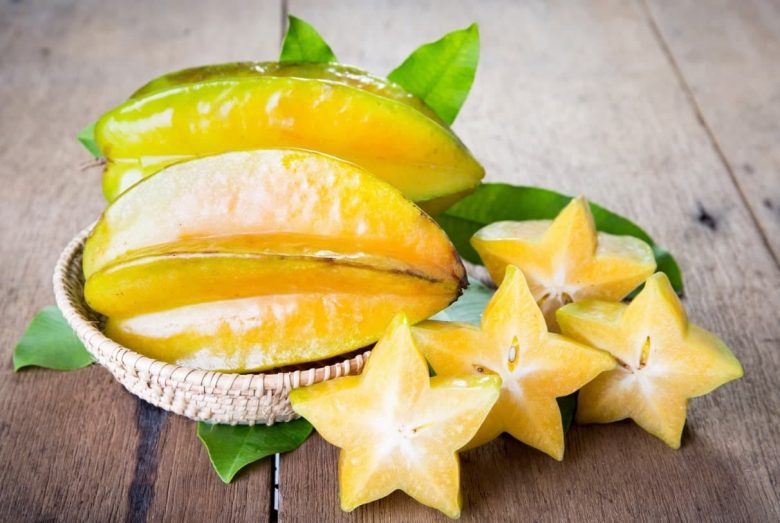
Caràmbola is a fruit rich in nutritional elements (potassium, iron, magnesium, zinc) and vitamin C. It is low in sugar and rich in phenols and flavonoids. For its properties, it comes to the countries of origin used in traditional medicine to relieve headaches and after-effects of alcohol, fever, cough, gastroenteritis, diarrhea, ringworm infections and skin infections.
Among other elements, it contains caramboxin oxalic acid, so it is a fruit strongly not recommended for those suffering from kidney problems.
The fruit is tasted whole, without removing the peel, so it must be washed carefully. It is cut in cross section, so as to appreciate the star shape. It is therefore perfect for decorating cocktails, for a fruit salad of exotic fruits and for making jams or liqueurs.

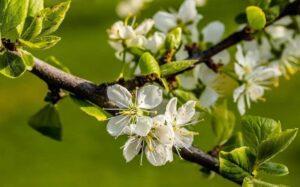
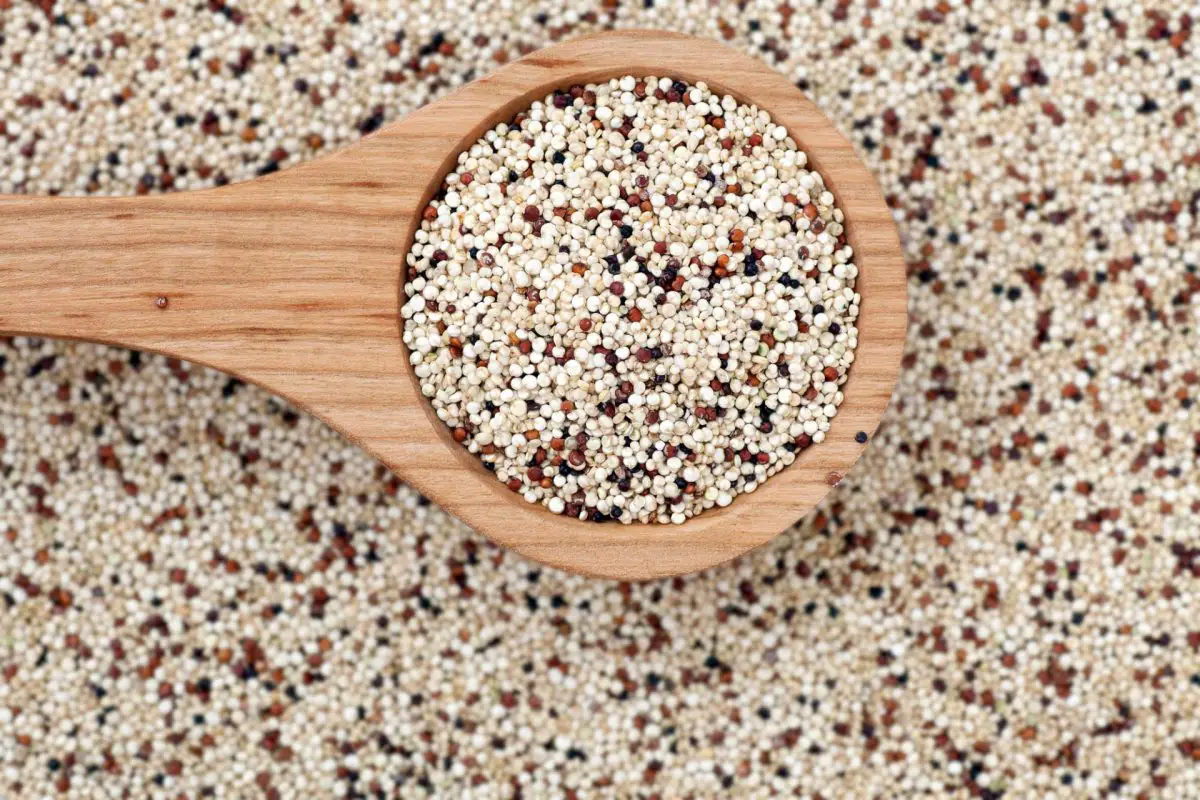
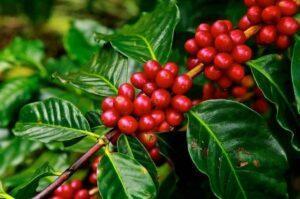

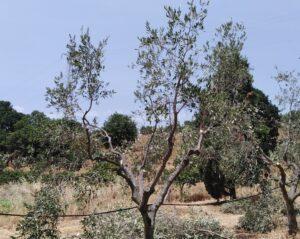
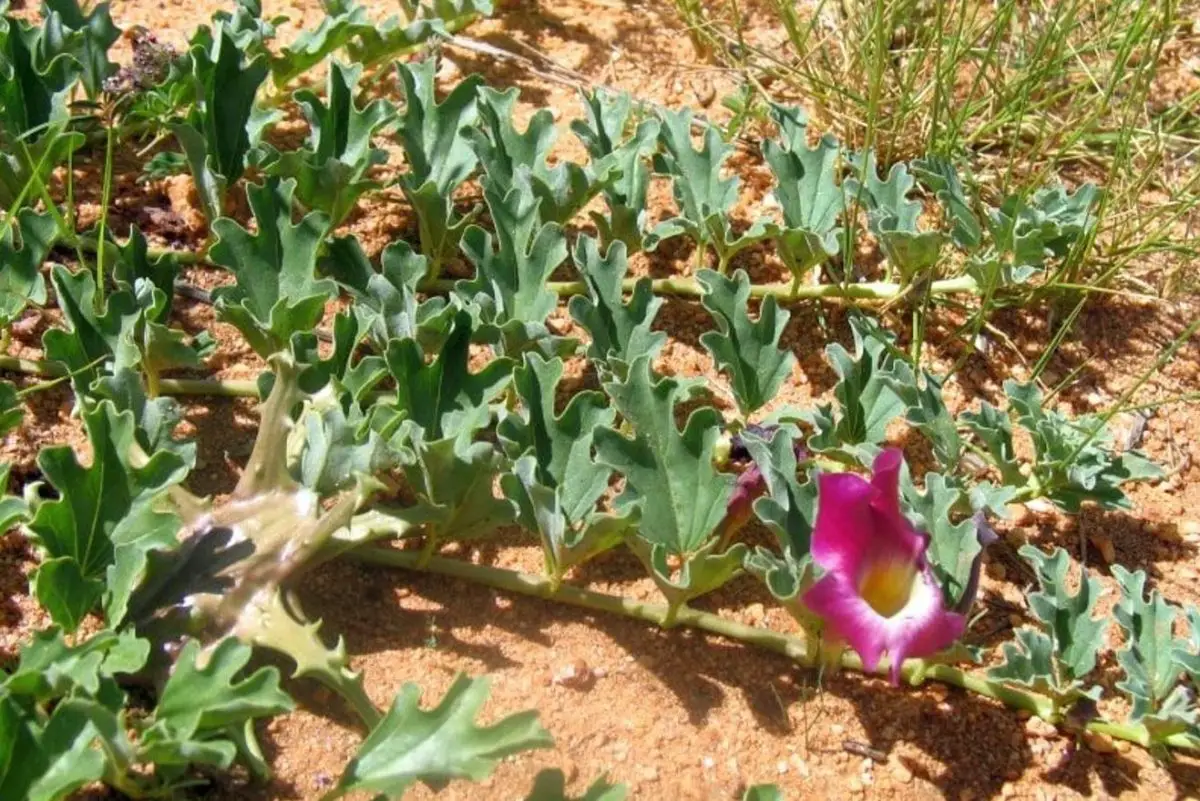
Start a new Thread